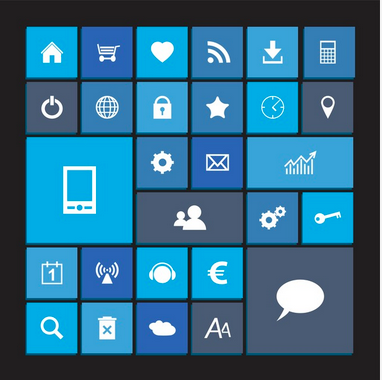You’re full of good ideas, and this time you’re sure you’ve captured lightning in a bottle. Only problem is you don’t have an effective way to engage your audience and let them know about it. What’s the next big thing if you can’t share it with anybody?
Getting the word out about your product or service takes both time and a plan, and the goal is ultimately not just to reach your target audience but to grow it. With that in mind, here are a few marketing tips so that you can connect with and engage your prospects and take your business to the next level.
Marketing Tip #1: Get Social
Social media isn’t going anywhere, so your marketing efforts need to meet people where they are. If you haven’t already, create business accounts for your brand on all the popular social media outlets: Twitter, Facebook, LinkedIn, etc. Then get active.
Post articles, tweet links and pin boards relevant to your brand to get the conversation started, which will in turn establish you as an industry expert and attract potential clients. It’s also a good idea to post FAQs and How-To guides. Providing this level of customer service online will improve your business’s reputation and ultimately increase sales.
Marketing Tip # 2: Giveaways and Contests
Who doesn’t like free stuff? Whether you’re planning special event or promoting a new product or service, if there is something that can be gotten for free, we guarantee people will flock to it. Giveaways and contests are excellent marketing opportunities for many reasons. You reach a wider audience by word of mouth and sharing online. That larger audience gets to try out the product or service risk-free. And, if all goes well, you build relationships through the promotion you otherwise wouldn’t have and create customers for life. That brand loyalty is the holy grail of marketing.
That being said, let’s get our TFG warning out of the way now. Contests also run the risk of being ‘overdone,’ not creative enough, or even not lining up well with your brand’s overall message. It’s important to ensure that any contest you run has a point (and one beyond just sending more likes to your Facebook page). Consumers know when they’re being hustled. And these days, the goal is to build a bond–not tear one down. So, just be sure that your contests are engaging and worthwhile.
Marketing Tip #3: Keep It Simple
Though it may seem scientific and multifaceted, marketing does not have to be complicated to be effective. Your customers will appreciate a simpler approach as well, for the fewer decisions they have to make when encountering your product or service, the fewer interruptions they have to the buying process. Keep your message short and sweet, and after the sale make sure you follow up. An email newsletter is an excellent way to touch base with customers to both show your appreciation for their patronage and deliver useful information about upcoming events.
You don’t have to reinvent the wheel to succeed at marketing your business. The wheels are already there. You just need to use them effectively to drive your business to the next level. If you need any help reaching your goals, or just want to follow up on some of these marketing tips, feel free to contact us here at The Found Gen.




